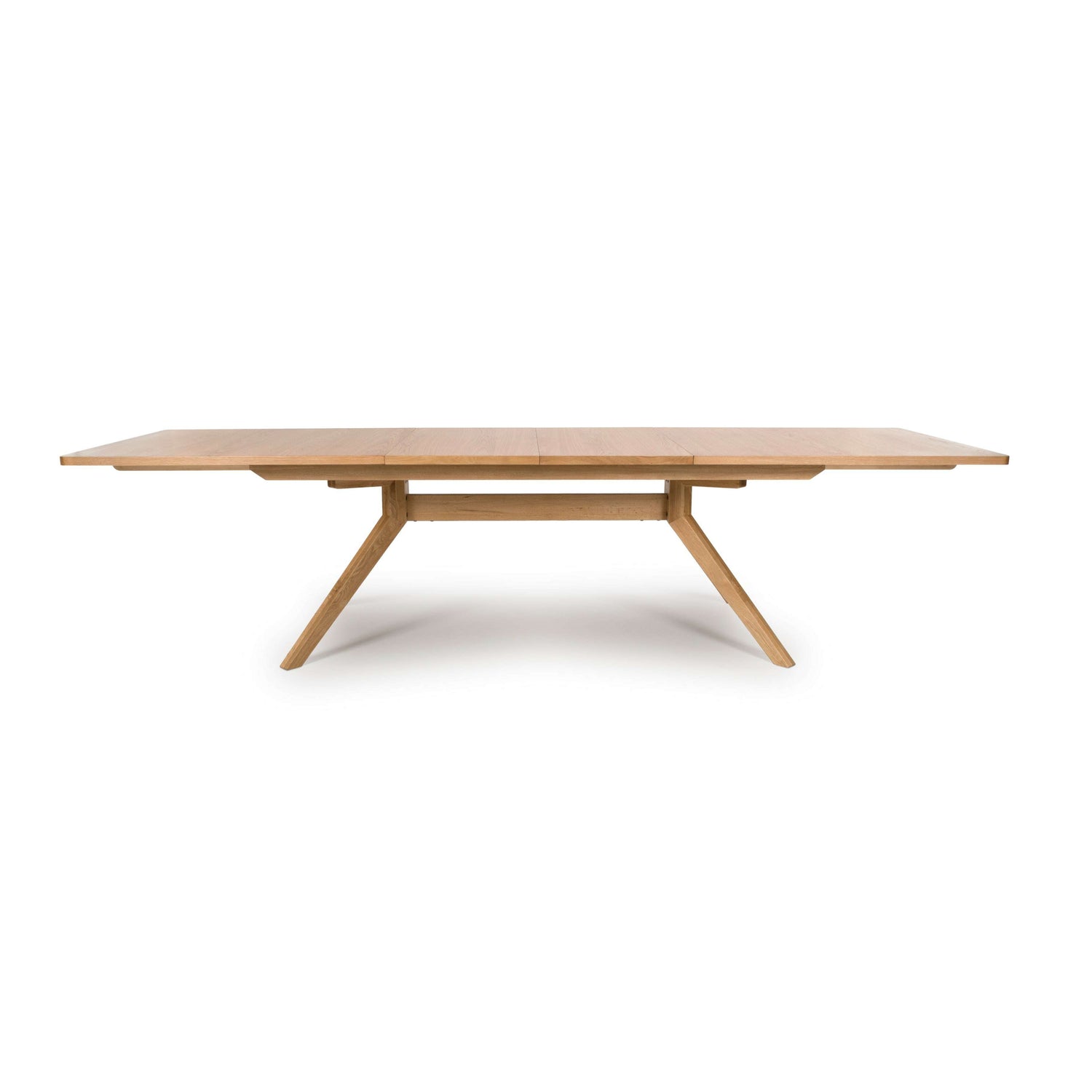A sideboard is one of those timeless furniture pieces that blends form and function beautifully. In a dining room, it can anchor the space, offer valuable storage, and elevate the overall style. Whether you are looking for a compact option for a smaller room or a statement piece for a more spacious setting, choosing the right sideboard comes down to size, style, and purpose.
How tall should a sideboard be in a dining room?
Most sideboards range from 75 to 90 centimetres in height, which aligns with the height of a standard dining table. This creates visual balance and allows for comfortable use whether you are serving dishes, pouring drinks, or styling with lamps or decorative pieces.
If you are furnishing a smaller dining space or need something subtle, the Lowry Small Sideboard sits at just the right height without taking over. For larger spaces, a slightly taller design may offer extra storage while maintaining harmony with your table.
Should your sideboard match your dining room table?
It does not have to. In fact, many interiors look more natural and curated when furniture does not match exactly. A sideboard that complements rather than mirrors your dining table can create a more interesting and personal space.
For example, the Marlborough White Oak Large Sideboard pairs beautifully with both painted and oak dining tables. The contrast in tone and texture brings warmth and character while still feeling cohesive.
How to pick a sideboard for your dining room?
When choosing a sideboard, consider three key elements — function, space, and style.
Function
What do you need it to store? Deep drawers are ideal for cutlery and linens, while cupboards are perfect for plates, serving dishes, or glassware. Some designs include shelves or wine racks for extra versatility.
Space
Take careful measurements and allow around 60 to 80 centimetres of clearance around the unit. In tighter dining rooms, explore our small sideboards collection for refined yet compact pieces.
Style
Your sideboard should reflect your interior style. For bold impact in a larger room, the Monterey Four Door Wooden Buffet Sideboard offers clean lines and generous storage. If your space leans more traditional or coastal, look for details like panelling, natural wood, or soft painted finishes.
Need ideas? Explore our full sideboards collection for every taste and room size.
How big should a sideboard be compared to a dining table?
A good rule is to keep the sideboard shorter in length than your dining table. This helps maintain proportion and prevents the room from feeling unbalanced.
For example:
- If your table is 180 centimetres long, a sideboard between 120 and 150 centimetres works well
- For smaller tables, consider pieces under 100 centimetres like the Opal Solid Wood Sideboard, which adds character without crowding the room
Also consider the depth. Most sideboards are around 40 to 50 centimetres deep, giving you useful storage without taking up too much floor space.
Does a dining room need a sideboard?
Not every dining room requires one, but a well chosen sideboard adds a lot to both style and function.
- Storage for dishes, cutlery, napkins, placemats, candles, and more
- A platform for styling with vases, lamps, trays, or artwork
- A serving space for drinks or extra dishes when entertaining
If you are furnishing a larger space, explore our large sideboards. For medium rooms, the mid-sized collection offers plenty of versatile choices.
What determines the style and design of a sideboard?
The main factors are your interior style, available space, and how you plan to use it. Here are some things to consider:
- Material — choose solid oak or reclaimed wood for a classic look, or go for mango or acacia wood for more natural grain and warmth. Painted sideboards offer a softer feel that works in both traditional and contemporary homes
- Finish — from distressed and rustic to smooth and lacquered, the finish sets the tone
- Legs or no legs — raised legs give a lighter, more modern appearance. Chunkier bases feel more grounded and substantial
- Storage layout — whether you prefer doors, drawers, open shelves, or a combination
For something that feels timeless and substantial, the Bordeaux Solid Oak Sideboard is a strong option. Its solid wood build and traditional design make it a centrepiece in any dining setting.
Frequently Asked Questions
Where is the best place to put a sideboard in a dining room?
Ideally against a clear wall that allows easy access without interrupting the flow of movement. If your space is open plan, it can also be used to define the dining area visually.
Is a sideboard the same as a buffet?
In the UK, the terms are often used interchangeably. Traditionally, buffets are slightly longer and lower, but both serve similar purposes. At Heart of Kitchens, you will find them all under our sideboards category.
Should I match my sideboard to the flooring?
Matching is not necessary. In fact, contrast often creates more visual interest. Just be mindful of undertones. Warm floors pair well with honeyed oak or painted cream sideboards, while cool grey floors suit white, charcoal, or black finishes.
What is the best sideboard for a small dining room?
Look for narrow or compact options that offer storage without bulk. The Opal and Lowry sideboards are both elegant and space friendly.
How can I style the top of my sideboard?
Start with a focal point such as a lamp, mirror, or artwork. Then layer in smaller items like books, vases, bowls, or a tray with glasses. Keep it simple and balanced to avoid clutter.
Looking for the perfect match?
Explore our full collection of sideboards to discover elegant and practical designs for every dining room. From compact storage to statement pieces, we have a piece that fits your space and style.


